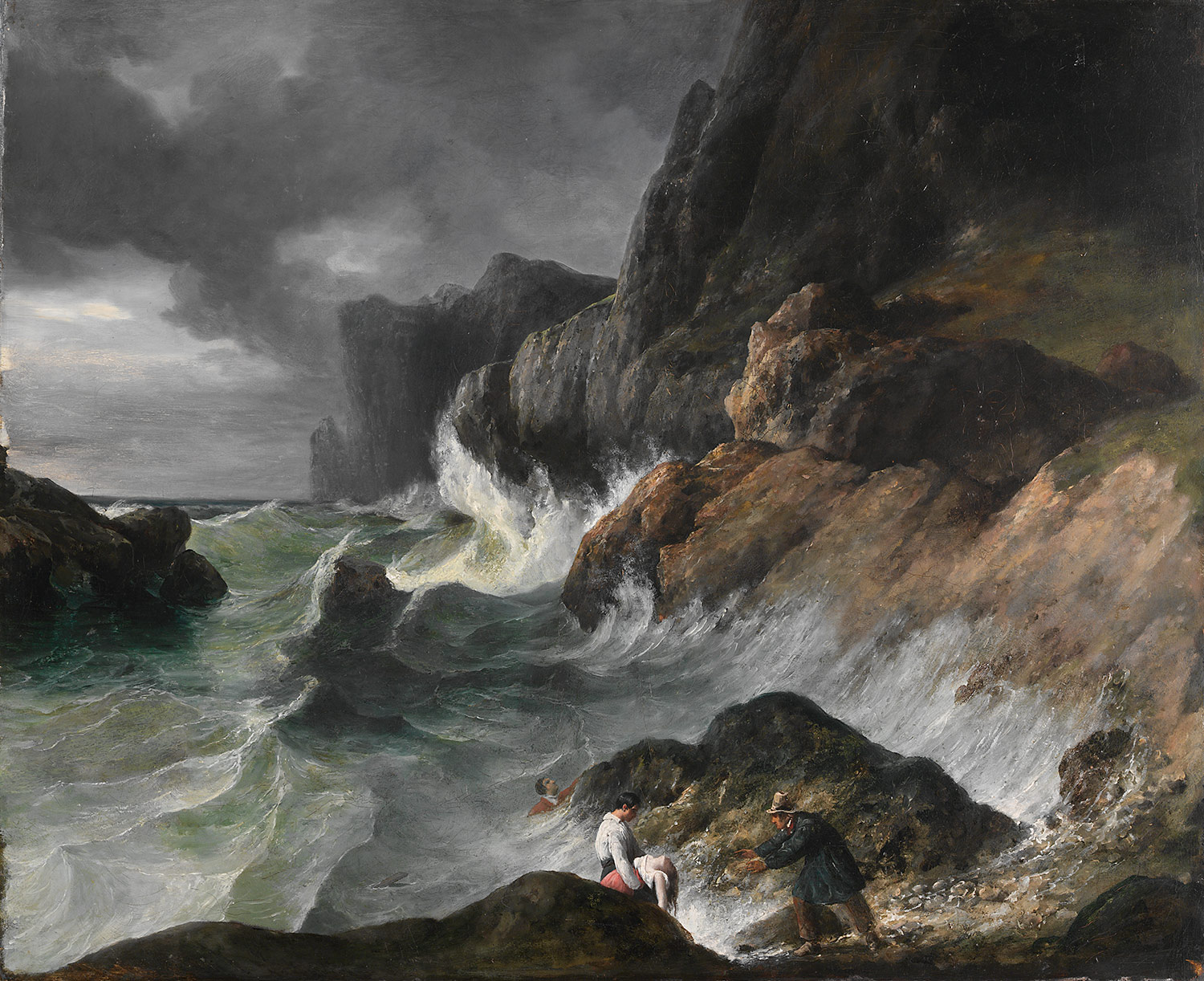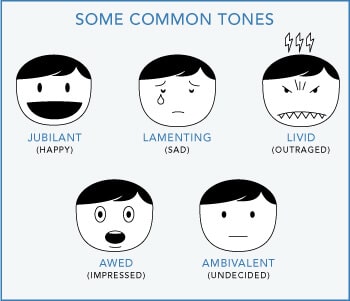
2. Rising Action: plot build up, caused by conflict and complications, advancement toward climax.

3. Romanticism: movement in western culture beginning in the eighteenth and pearking in the nineteenth century as a revolt against Classicism; imagination was valued over reason and fact.
4. Satire: ridicules or condemns the weakness and wrong doings of individuals, groups, institutions, or humanity in general.
5. Scansion: the analysis of verse in terms of meter.
6. Setting: the time and place in whcih events in a short story, novel, play, or narrative poem occur.

7. Simile: a figure of speech comparing two essentially unlike things through the use of a specific word of comparison.

8. Soliloquy: an extended speech, usually in a drama, delivered by a character alone on stage.

9. Spiritual: a folk song, usually on a religious theme.
10. Speaker: a narrator, the one speaking.

11. Stereotype: cliché; a simplified, standardized conception with a special meaning and appeal for members of a group; a formula story.


13. Structure: the planned framework of a literary selection; its apparent organization.
14. Style: the manner of putting thoughts into words; a characteristic way of writing or speaking.
15. Subordination: the couching of less important ideas in less important structures of language.

17. Suspension of Disbelief: suspend not believing in order to enjoy it.

18. Symbol: something which stands for something else; yet has a meaning of its own.

19. Synesthesia: the use of one sense to convey the experience of another sense.

20. Synecdoche: another form of name changing, in which a part stands for the whole.
21. Syntax: the arrangement and grammatical relations of words in a sentence.
22. Theme: main idea of the story; its message(s).
23. Thesis: a proposition for consideration, especially one to be discussed and proved or disapproved: the main idea.

24. Tone: the devices used to create the mood and atmosphere of a literary work; the author's perceived point of view. 25. Tongue in Cheek: a type of humor in which the speaker feigns seriousness; a.k.a. "dry" or "dead pan"










No comments:
Post a Comment